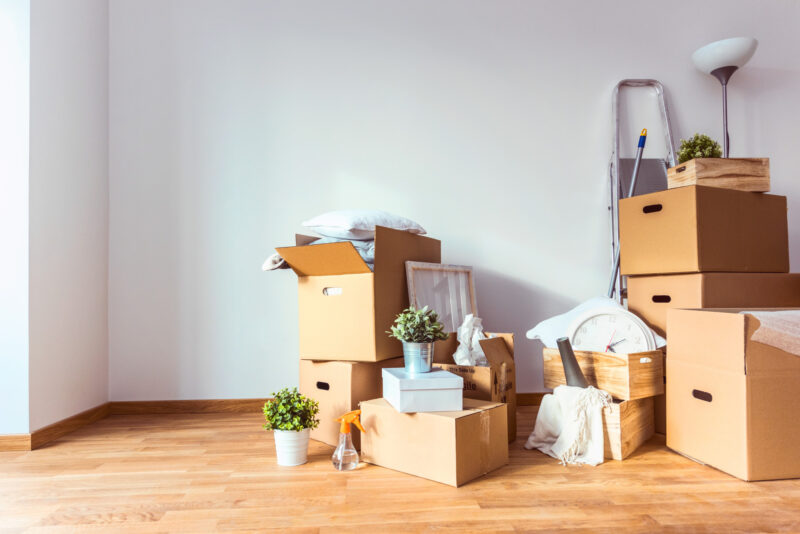
How Should I Prepare My Home Before the Residential Movers Arrive?
As people continue migrating from the cities, the $18.8 billion moving industry is still growing despite ongoing challenges.
Are you one of the millions of Americans who have either sold their home or is moving to greener pastures due to remote working?
Don’t stress yourself out. When you hir reliable residential movers and prepare adequately for your move, it’s easy to take things in your stride on the day.
Planning a Clockwork Move
Once you’ve found and booked the best home movers for your big day, the next step is to learn more about things you can do in advance to alleviate hassles during your move.
Once you’ve accomplished all these preparations, you can focus on the last-minute chores to ensure smooth sailing on moving day.
Identify Things the Movers Can’t Transport
Get in touch with your movers for a list of items they won’t take on their moving van. These include:
- Gasoline and lighter fluid
- Oxygen bottles
- Matches.
- Propane cylinders
- Paint
- Paint thinners and nail polish remover
- Fireworks
In short, professional movers can’t transport flammable items. Place these things in a separate section of your home or garage, so your movers know they shouldn’t pack them.
Going through everything themselves will cause unnecessary delays.
Protect Your Home and Belongings
Whether you’re renting or selling your home, you must hand it over in good condition. That means protecting it from damage during your move.
You should place protective coverings over the following vulnerable areas:
- Floors and carpets
- Walls and corners
- Banisters
- Door frames
Covering stairs with anti-slip coating can prevent accidents, and removing doors from their hinges can help the movers get large items out of rooms.
A smart homeowner will implement these protective measures at their new home, too.
Make sure you remove all your paintings, clocks, and mirrors from your walls and pack them in protective layers before the movers arrive.
Plan for the Weather
The weather can play a major role in disrupting your move. If it’s wet and muddy outside, you must place doormats at all exterior entrances, and place blankets or tarps on the steps and entryways.
It’s a good idea to salt your walkways and driveway in snowy, slippery conditions. If you have hardwood floors, it’s best to cover them with protection regardless of the weather.
Remember to check the weather at your destination, too.
Arrange Parking for Your Residential Movers
Make provision for parking the moving van on the day. If you live in an apartment, you might need to book an additional parking space in advance and book the elevator for the day of your move.
In some areas, you might need to sort out a parking pass for them to use road parking or get permission from your neighbors if you share a driveway.
If you can park your vehicles elsewhere for the day, you can free up some space in your yard, too.
Beyond Moving Day
Often, the real work starts once your residential movers have left the building. Take some time planning the layout of your new home, cleaning, and preparing things where necessary.
It’s worth suffering a little inconvenience at the outset to achieve a comfortable and convenient result.
Did you discover some useful tips in this article? Browse our blog for more information on everything to do with streamlining your lifestyle.

